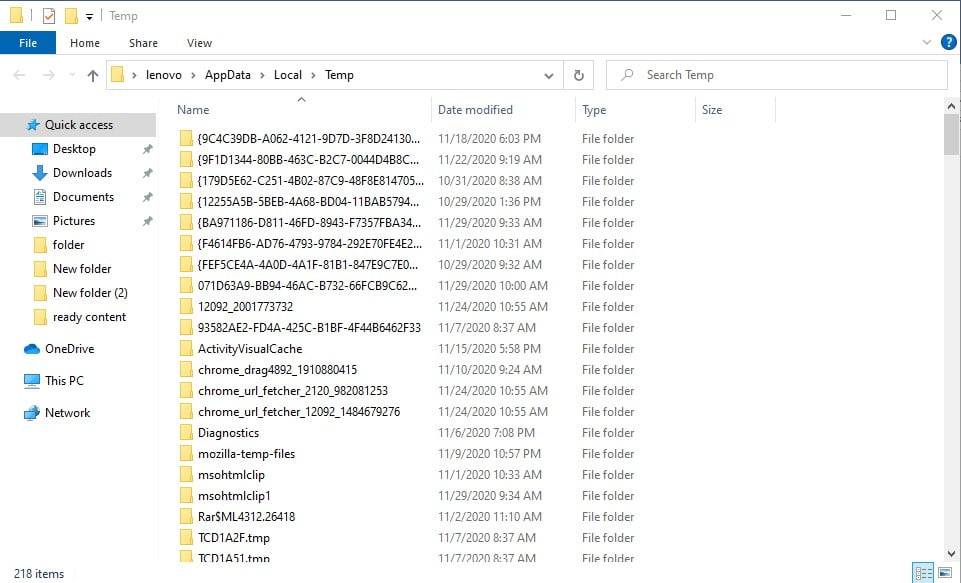
Small utilities like this make Windows resist the pass of time a lot more. Thus, if we think that an installation has finished properly, we can use Windows Installer CleanUp Utility to clean the Windows Installer and thus manage to make sure that it always works properly.
CAN I CLEAN UP WINDOWS INSTALLER FOLDER WINDOWS 10
In this essay, 3 tips may help you delete Windows 10 temporary installer files. It is necessary for us to delete the temporary installer files because these can slow down the system. For these cases, Windows Installer CleanUp Utility is perfect, because it deletes all these registries. In Windows 10, many temporary files will be created during normal operations, including temporary installer files. This information isn't of any use if we check that the installation has been accomplished properly, and all the files and processes are working as they should. Even if you enable the show hidden files and folders. By default, the windows installer folder remains hidden. Solution 01: Symbolic Link Creation in order to save space in the Windows Installer folder Step 01: Unhide the folder of the windows installer. Many programs, like Office, stores several registries about the installation process in different places. The below steps will allow you to do windows installer folder cleanup. To get a description of the file type, select it. Under Files to delete, select the file types to get rid of. Select the drive you want to clean up, and then select OK.

Clear the leftover files after the installation To delete temporary files: In the search box on the taskbar, type disk cleanup, and select Disk Cleanup from the list of results.
CAN I CLEAN UP WINDOWS INSTALLER FOLDER SOFTWARE
This software is perfect so that the Windows installer doesn't store excess information and starts failing. Not to be mixed up with a system cleaning after uninstalling an application.

Microsoft has developed over the years the most diverse utilities, with Windows Installer CleanUp Utility they present a new tool the main purpose of which is to remove from the Windows Installer any residue left behind after uninstalling something.


 0 kommentar(er)
0 kommentar(er)
